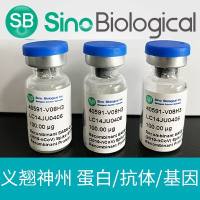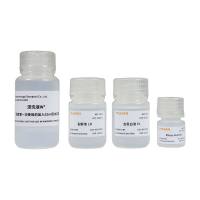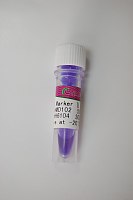In-Gel Detection of DNA: Application to Study of Viral DNA Metabolism by Use of Pulsed-Field Agarose Gel Electrophoresis
互联网
450
The introduction of pulsed-field agarose gel electrophoresis (PFGE) has expanded the list of particles separable by use of gel electrophoresis to include: (1) linear DNAs as long as 3–6 Mbp, (2) DNA- protein complexes and circular DNAs that become arrested during invariant field agarose gel electrophoresis; and (3) micron-sized spheres that also become arrested during invariant field agarose gel electrophoresis (reviewed in refs. 1 –3 ). During the replication, recombination and packaging of DNA by the various double-stranded DNA bacteriophages, circular DNAs, protein-DNA complexes, and end-to- end joined mature DNA multimers (concatemers) as long as 0.5–1.0 Mbp are formed (reviewed in refs. 4 ,5 ). Thus, in addition to being useful for genome mapping (1 ,2 ,6 ,7 and see also Chapter 18 ), PFGE also is useful for studying the DNA metabolism of both bacteriophages and, presumably, other viruses.









